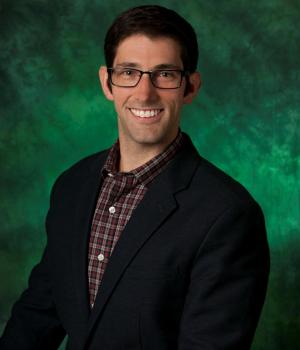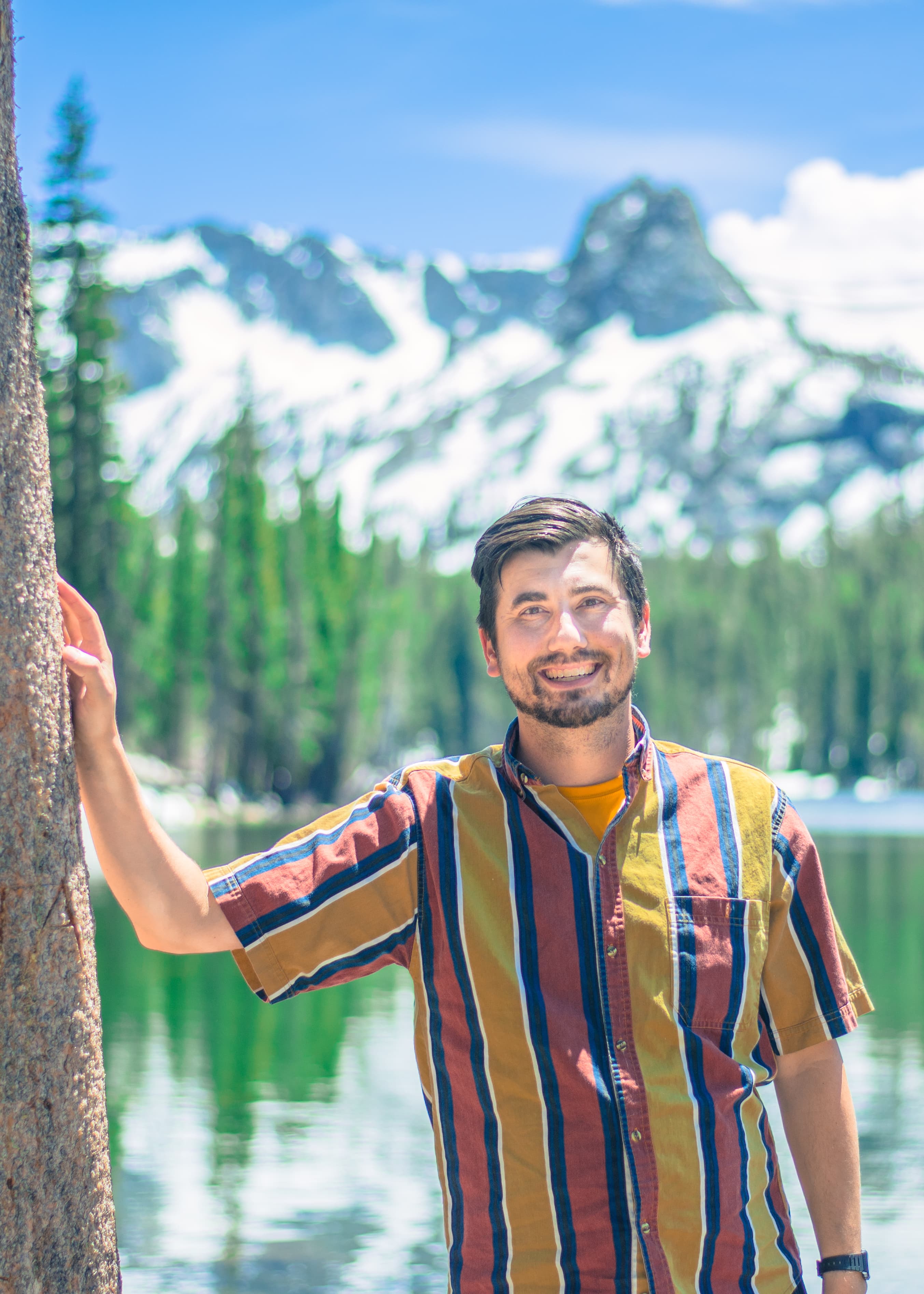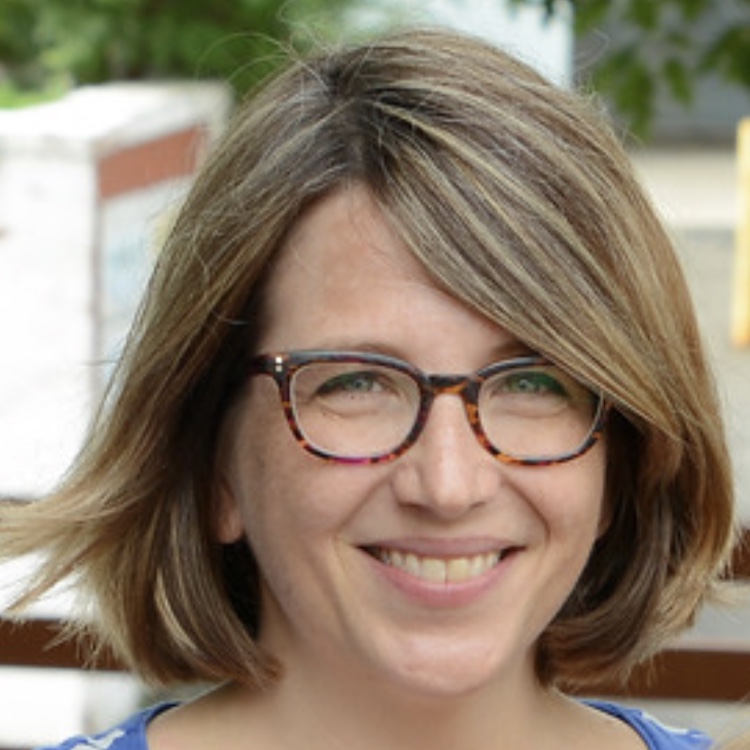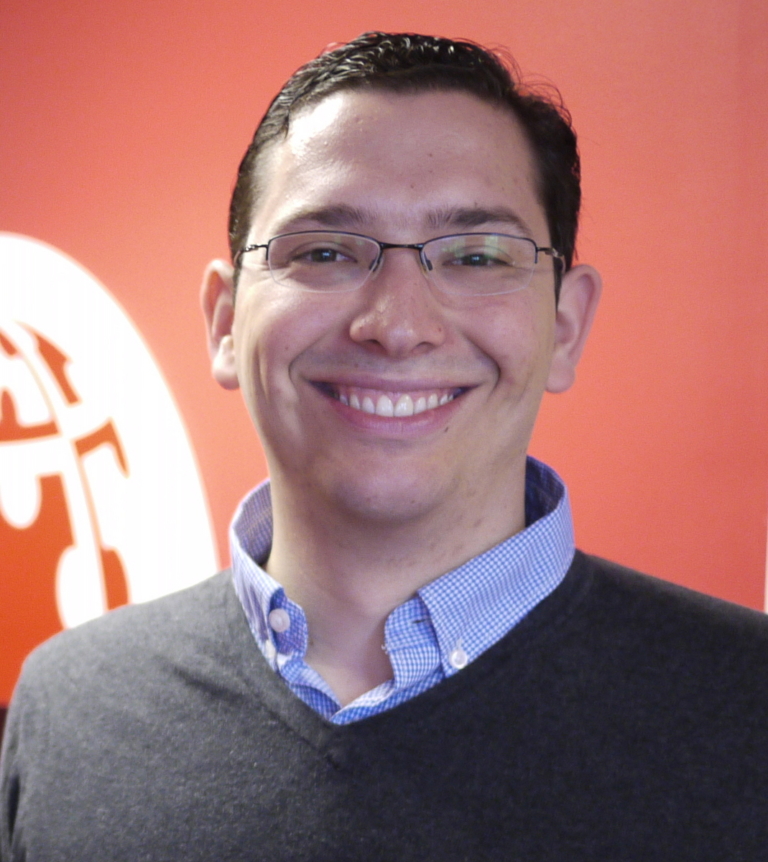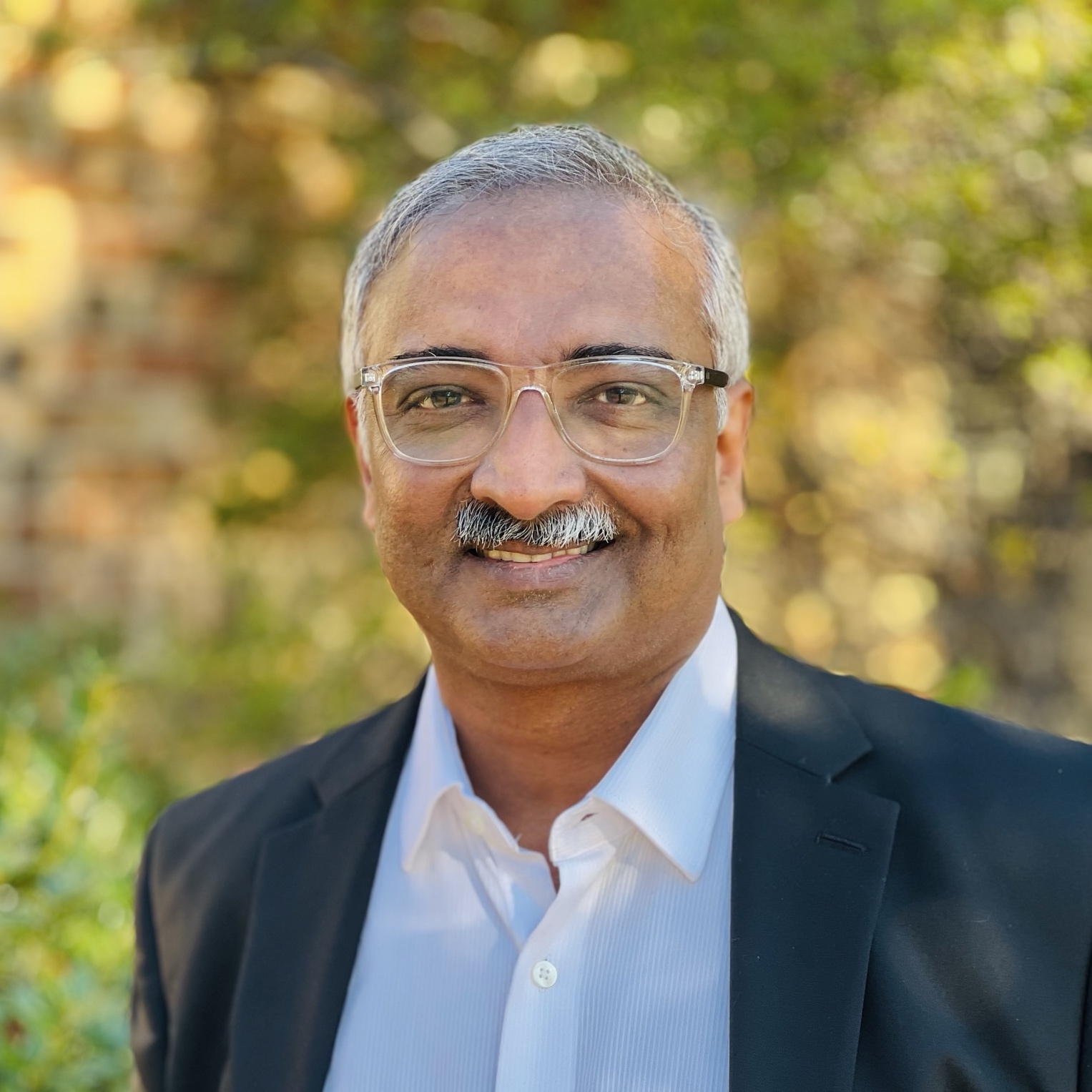About the Study
Post-fire recovery presents a valuable opportunity for governments, communities, and individuals to strengthen resilience through an array of strategies. These might include various household and landscape-level management interventions such as prescribed burns, mechanical vegetation removal, grazing programs, risk-based land use planning, and the implementation of new building standards. We have undertaken an in-depth examination of post-fire interventions in two neighboring counties in California: Lake County and Sonoma County. These regions, despite both enduring repetitive wildfires, differ considerably in their levels of resources and capacities to respond, providing a rich contrast for analysis. We approach the study of recovery after wildfire through a socio-ecological lens, understanding that the true success of recovery lies not merely in returning human communities and ecosystems to their functional states but in amplifying their resilience to future wildfires.
Our study's objectives are multifold: we aim to document the method, timing, and spatial extent of wildfire risk reduction efforts during recovery and to understand how these efforts have emerged from resources and programs available to communities. We are specifically interested in programs that provided or assisted with housing recovery after wildfires, home hardening for wildfires, establishing or maintaining defensible space around structures, and managing fuels and vegetation. Equipped with this information, we will then model the potential risk reduction outcomes of these recovery efforts. This involves integrating ecological and social data to gauge resilience against future wildfire losses. Landscape-level wildfire modeling is one of the ways in which we will assess the risk reduction outcomes of recovery efforts. Our ultimate goal is to blend our qualitative and quantitative findings to discern the keys to enhancing socio-ecological resilience. This study seeks to chart a path toward a more resilient future, arming communities with the knowledge and strategies necessary to minimize the risk and devastation of future wildfires.
What We Have Done So Far:
To conduct this comprehensive analysis, we employed various research methodologies. Our first step involved semi-structured interviews with a broad spectrum of stakeholders, from community leaders to government officials, land developers, and homebuilders. These interviews helped us in documenting specific post-fire risk reduction efforts and eliciting stakeholders' perceptions of the efficacy of these measures. This process not only provided background on the origin of these programs but also guided the collection of quantitative and geospatial data on their impacts. With this rich dataset, we have modeled changes in wildfire risk under potential future wildfire scenarios in two focal areas within each county: Kelseyville Riviera and Clearlake in Lake County, and Fetters Hot Springs-Agua Caliente and Santa Rosa (Tubbs Fire area) in Sonoma County. The final stage of our research will involve stakeholder workshops where we synthesize our qualitative and quantitative findings, thereby identifying interventions that most effectively bolster wildfire resilience.
Seeking Residents for Interviews:
We are studying community-based wildfire mitigation efforts in Lake and Sonoma Counties, and we are looking for resident perspectives! After talking with implementers community leaders, we would like to interview homeowners who have participated in or are considering taking part in county-sponsored wildfire mitigation projects, specifically the Lake County Home Hardening Project or SoCo Adapts in Sonoma County.
Are You Interested in Participating?
You might want to participate in this study if you would like to share your perspectives on wildfire mitigation around homes and generate practical guidance to inform future risk reduction activities in your community. However, you might not want to participate in this study if you have not pursued wildfire risk reduction activities yourself.
You are eligible to participate in this research study if you are an adult homeowner 18 years or older and possess experience with relevant wildfire risk reduction programs in Lake County or Sonoma County, California. Interviews will last about one hour and can be scheduled virtually (via Zoom) or in person. The conversation will focus on wildfire risk reduction programs in your area and ask about your perspectives and/or your experience with those programs.
To set up an interview, please contact Dr. Mitchell Snyder by email (Mitchell.snyder@unt.edu) or phone (530-433-8088).
Research Team
Dr. Ronald Schumann is an Associate Professor in the Department of Emergency Management and Disaster Science at the University of North Texas. A human geographer by training, his research interests include long-term community recovery, hazard mitigation, risk perception, and cultural memory of disaster.
